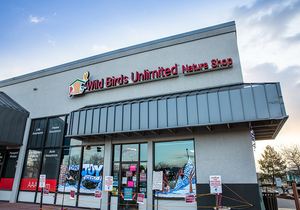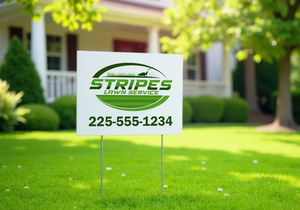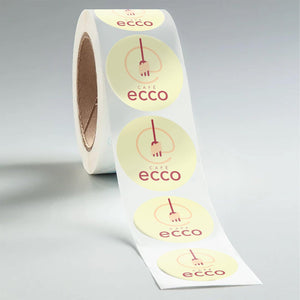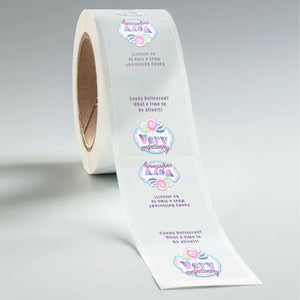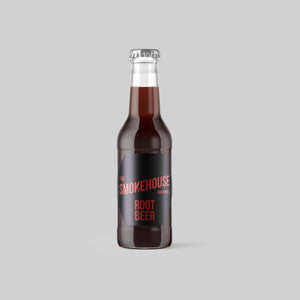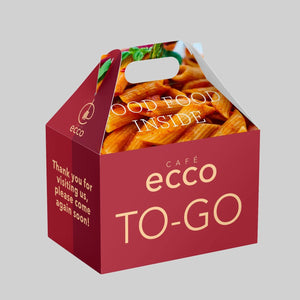15 Restaurant Trends to Consider in 2022

As we move into the post-pandemic world, many restaurants are still reeling from the impacts of Covid-19. From massive labor shortages to ongoing supply chain issues, for many owners, the restaurant industry feels like an unstable and scary place.
And yet the industry will survive. People still gotta eat, right?
So, let’s take a look at some of the biggest restaurant industry trends and see what’s going to carry us through the rest of 2022, and beyond.
Combating Rising Food Costs and On-going Supply Chain Issues
1. Simplified Menus
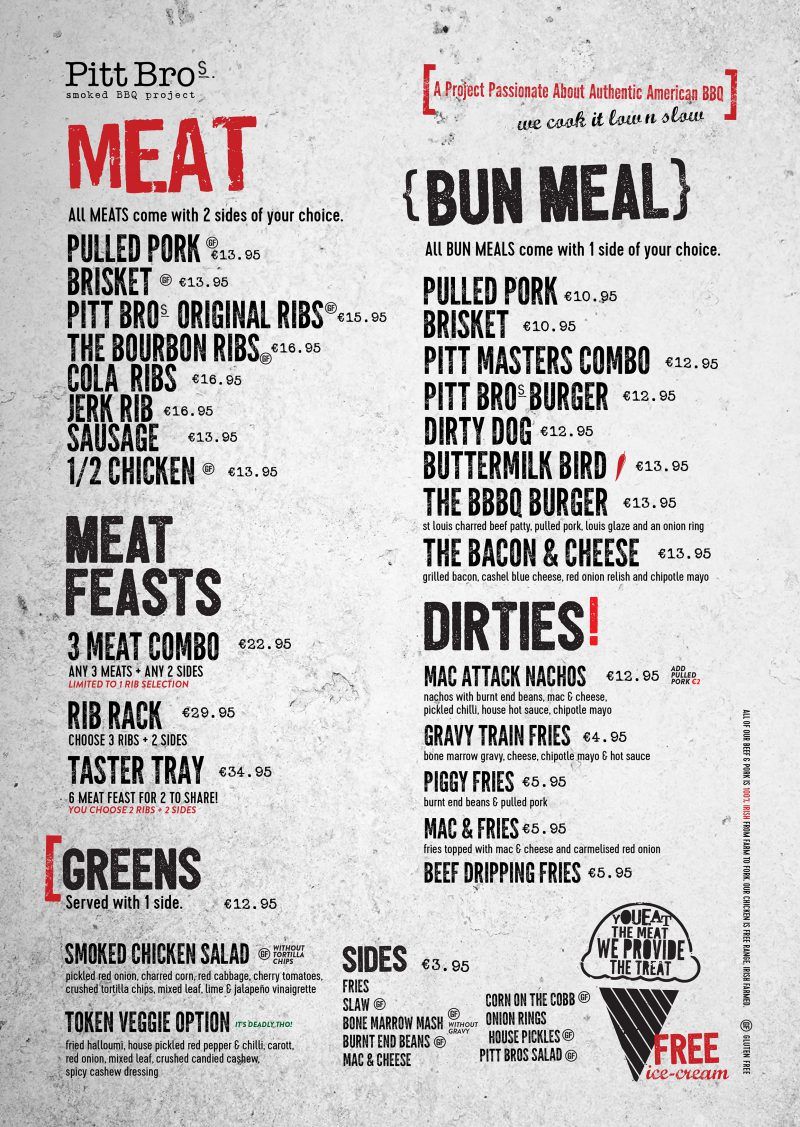
Trimming the fat on over-large menus is becoming a big trend, and it can work for your restaurant for a number of reasons. Not only does trimming reduce food costs, but it also lets you focus on what you do best, without wasting time, energy, and money on dishes that just aren’t as popular.
Put the right spin on pared-down menus with a banner or other signage announcing a refined or even “favorites only” menu re-launch.
2. Creative Collaboration
Chef collabs are growing in popularity. Collaborating with another restaurant fuses two cuisines or styles into one unique event, satisfying diners’ hunger for variety and newness. These special events boost exposure for everyone involved, but since you’re sharing expenses, the weight of putting on these events is that much lighter.
3. Local Supply Networks
The weakened global supply chain is a problem for everyone. Offset these ongoing challenges by tapping your local networks and sourcing from the farmers and artisans around you.
These ties will help create a far more sustainable economy locally, helping you weather the continuing global crisis. And they also help promote a sense of connection and community for your customers, so spread the good word about your local suppliers with door knob hangers and other local marketing efforts.
4. Ghost Kitchens
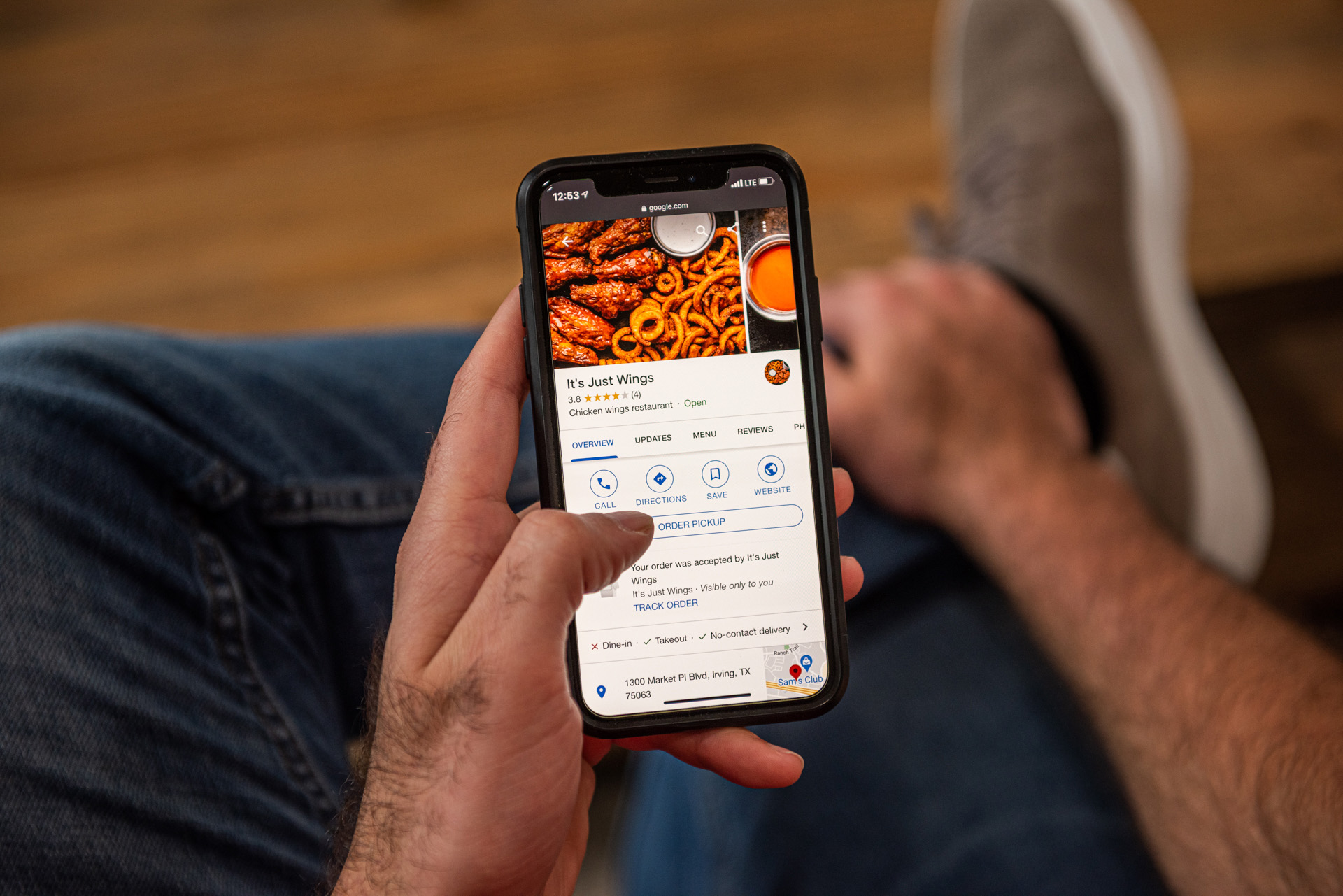
Ghost kitchens, or restaurants that operate entirely without a dining area, took off during the pandemic. If your takeout orders far outnumber in-house orders, consider adopting this operational model.
Whether you go delivery-only or include a small walk-in area for pickups, a ghost kitchen lowers overhead by reducing the need for front-of-house staffing.
5. Eco-Friendly Kitchens
Get used to hearing the phrase “green kitchen.” More and more businesses are doing what they can to address customers’ environmental concerns.
These efforts include ditching plastic takeaway items like straws, cups, and containers. Eco-friendly alternatives like biodegradable materials are on the rise.
If any of these changes are within your budget to make, they could prove to be a boon to your restaurant’s reputation. Just make sure you’re doing the marketing to raise awareness about your green goals!
Focusing On the Customer Experience
6. Health Is Wealth

While most diners are returning to in-house dining, any and all measures to present a clean, health-focused environment go a long way toward creating a sense of care and safety around your business.
Try switching to plastic menus, providing hand sanitizer at tables, and having employees conduct regular surface wipe-downs to help your customers feel like you take their health and wellness seriously.
7. Better Delivery
From Saturday night pizza to the weekly groceries, third-party delivery is becoming a part of many people’s daily lives. Chances are you’re considering, or have already implemented, delivery options for your customers.
But third-party delivery carries its own risks, from less-than-optimal food temperature to slow delivery to wrong house mix-ups. For these reasons, many restaurants are turning to in-house or local delivery systems. Local drivers tend to arrive faster, so food tastes better, and they know their way around the neighborhoods within your delivery zone.
If you don’t want to bother with creating an in-house delivery system – or simply don’t have the staff to do so – search for local options instead.
8. Improved Quality of Delivery Food
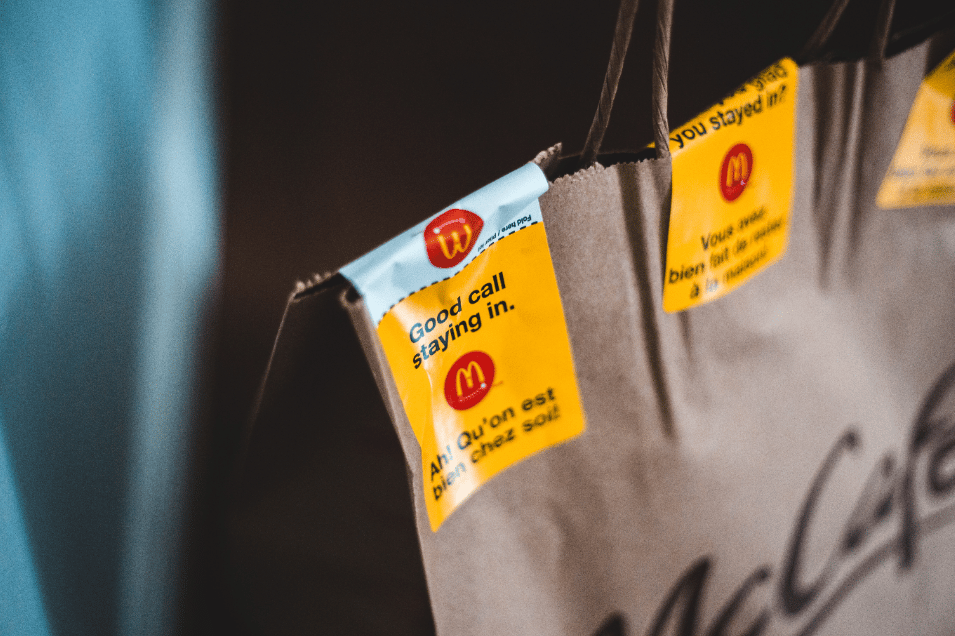
As noted above, there are food quality concerns when it comes to delivery. Temperature, texture, and taste suffer the longer it takes orders to get from your kitchen to your customers’ tables.
A common customer concern is also the fact that a stranger has been alone with their food. Quicker delivery times are key, but addressing customer safety by sealing orders with tamper-evident food labels is just as important. Tamper-evident food labels also provide peace of mind, letting customers know that no wandering hands have taken a handful of their fries. Delivering food that is hot and sealed in the bag builds customers’ confidence in your restaurant.
9. Improve and Personalize Customer Experiences Digitally
Spend some time focusing on strengthening your online presence to connect with your customers virtually. Make sure your website is up to date, that you have an online menu to attract new diners, and that your online outlets have your current location and hours of operation.
Maintain an active presence on your social media platforms by interacting regularly with your followers – and nipping any complaints or issues in the bud.
At the table, QR code menus are easy to modify as your menu or prices change. All of these things improve the customers’ online experience of your restaurant and help them feel more connected to you every time they walk through your door.
10. Focus On Building Loyalty

Like creating a personalized online experience, focusing on building loyalty guarantees you’ll have a strong, happy base of regulars for years to come - no matter how many ups and downs the industry may face. Loyalty cards or key tags, for example, are a simple but effective way to enact rewards and referral systems.
Word of mouth is still one of the best ways to build your reputation. And nobody spreads the word faster than a satisfied customer who feels valued and rewarded for their loyalty.
Focusing On Your Quality of Life
11. Grab-and-Go Options
Grab-and-go items provide quick options for customers in a hurry. And if, like many, you’re running on a skeleton crew, satisfying this demand with pre-made meals helps you offset personnel shortages. You can even capitalize on the demand by selling your own sauces, seasonings and other items.
Create your own branded food packaging labels and nutrition labels for more visual appeal than bland and standard to-go wrapping.
12. Stress-Reducing Software
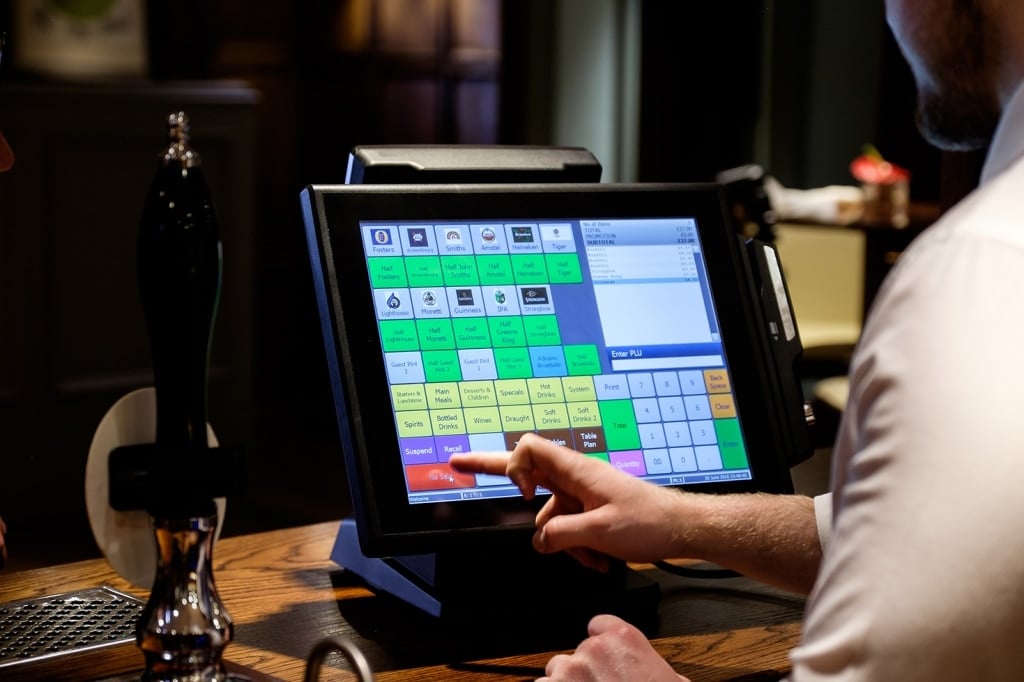
Adapting to the rise of to-go orders was a hard shift for many restaurants during the early days of the pandemic. Busy phone lines, POS systems crashing, delivery orders heading out the door with the wrong addresses – the mess and the stress were real.
If you’re struggling with broken systems, now is the time to look for new restaurant-focused apps and software systems tailored specifically to your needs as a food business, like Toast.
13. Reduced Hours of Operation
This isn’t just because of staffing shortages. But chances are you already know that. The pandemic put small businesses in general, and restaurants in particular, through the wringer.
Given budget squeezes, now is a great time to reexamine your hours of operation. If your slow days are *really* slow, it may be better to free up some time and stay closed during certain days of the week.
14. Sharing Spaces and Branching Out
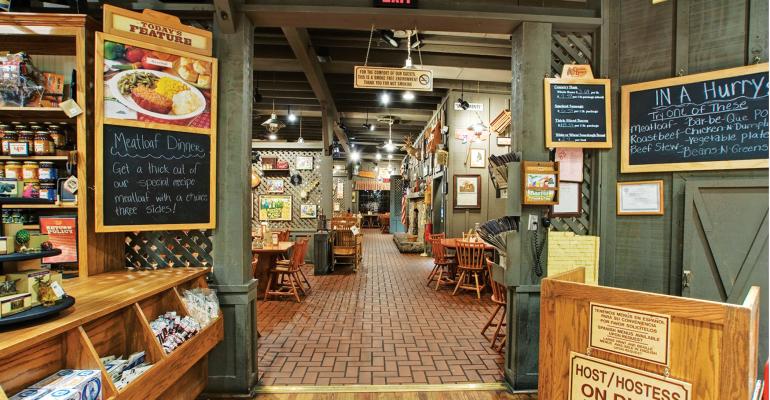
Many restaurants are partnering up with other businesses, incorporating retail spaces into their restaurants, and creating hybrid shopping experiences for customers (think Cracker Barrel, for example).
If you’re shifting to a ghost kitchen model of operation, your dining room is now a viable retail space. Don’t be afraid to explore the full variety of businesses and entrepreneurs around you.
The café and bookstore is a classic combo of businesses, but beverage distributor and pizza joint isn’t far behind. This kind of professional cohabitation will offset your overhead, and it’s a fun way to branch out.
15. Return to Your Roots
The restaurants who stick through the ongoing uncertainty and trials of a post-pandemic world are going to lean back on what they love, and why they started their businesses in the first place.
Tomorrow’s restaurants are smaller, leaner, and quicker to adapt. New menus are less generalized and offer a unique powerhouse, pulling from a variety of personal, cultural, and historical contexts.
If you’ve been feeling the strain and wondering if you even want to stay in the industry, give yourself some time to go back to your roots and revisit or revive old culinary passions. The restaurant industry is in flux, and it’s a perfect time to switch things up.
The Future of Restaurant Trends
Owning a restaurant means learning how to hold hands with uncertainty. While people will always want to plunk down their money for good food, the food business model – what works and what used to work – changes often. Staying on top of restaurant trends is a challenge.
Strong branding helps you face the future with confidence. Custom printed packaging, labels, menus, loyalty cards and more put your business right where it should be: front and center. With Stomp in your corner, you can bet your business will always look its best. You focus on doing the work to take your restaurant into tomorrow and Stomp will make sure you look good when you get there.- Tags: Restaurants
- Marketing Team


